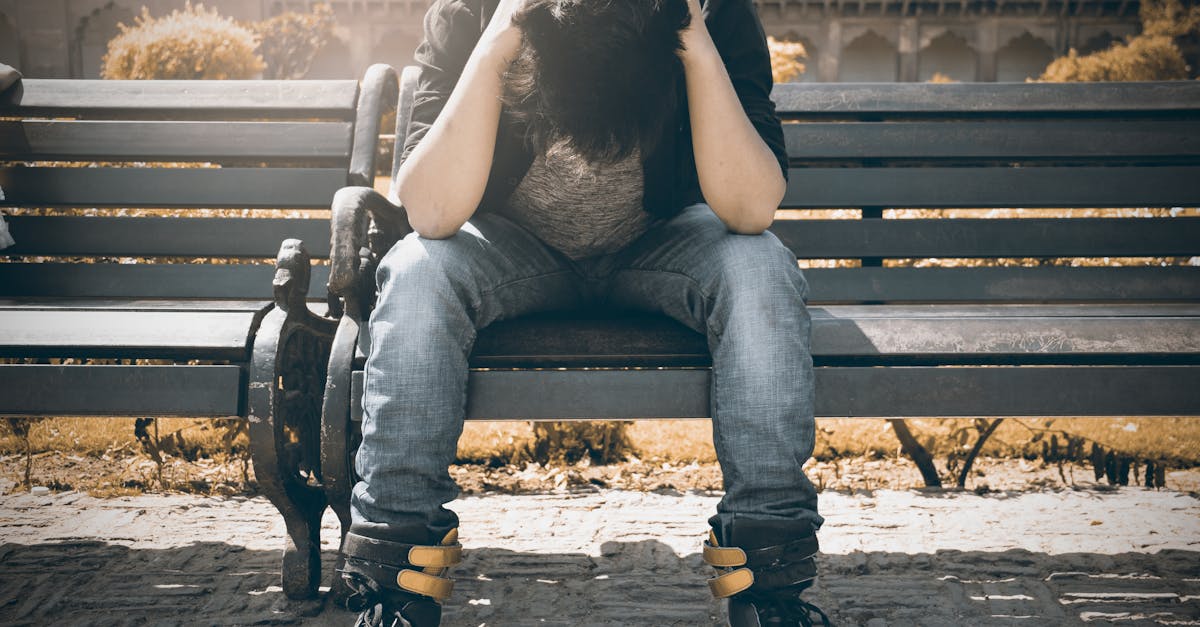Relieving Tight Hip Flexors: A Comprehensive Guide
Unlocking Mobility: A Journey to Release Tight Hip Flexors

In this comprehensive guide, we will explore the causes, symptoms, and impact of tight hip flexors on mobility and posture. We will provide step-by-step instructions for safe and effective stretches to release tension in the hip flexors. We will also introduce exercises that strengthen the hip flexors, improving range of motion and preventing future tightness. Additionally, we will discuss lifestyle modifications, such as proper posture, ergonomics, and activity modifications, to alleviate discomfort. Finally, we will provide guidance on recognizing when hip flexor tightness requires medical evaluation and outline available treatment options.
1. Understanding Hip Flexor Tightness
Hip flexors are a group of muscles located at the front of the hip that help to lift the thigh towards the body. They are essential for everyday activities such as walking, running, and climbing stairs. When these muscles become tight, they can cause a range of problems, including pain, stiffness, and reduced mobility.
There are a number of factors that can contribute to tight hip flexors, including:
- Prolonged sitting
- Repetitive activities that involve bending at the hips, such as cycling or running
- Wearing high heels
- Muscle imbalances
Tight hip flexors can have a significant impact on mobility and posture. When these muscles are tight, they can pull the pelvis forward and cause the lower back to arch, which can lead to pain and discomfort. They can also make it difficult to perform everyday activities, such as walking and climbing stairs.
Symptoms of tight hip flexors can include:
- Pain in the front of the hip or groin
- Stiffness or tightness in the hips
- Difficulty bending over or touching your toes
- Pain or discomfort when walking or running
- Numbness or tingling in the legs or feet
If you are experiencing any of these symptoms, it is important to see a doctor or physical therapist to rule out any other underlying conditions. Once a diagnosis of tight hip flexors has been made, there are a number of things you can do to relieve the pain and improve your mobility.
2. Effective Stretches for Tight Hip Flexors

There are a number of effective stretches that can help to release tension in the hip flexors. Some of the most common and effective stretches include:
Standing Quad Stretch: Stand with your feet hip-width apart. Bend your right knee and grab your right foot with your right hand. Pull your heel towards your buttocks, keeping your knee pointed towards the ground. Hold for 30 seconds and then repeat with your left leg.
Kneeling Hip Flexor Stretch: Kneel on your right knee with your left foot flat on the floor in front of you. Place your hands on your left thigh and lean forward until you feel a stretch in your right hip flexor. Hold for 30 seconds and then repeat with your left leg.
Butterfly Stretch: Sit on the floor with the soles of your feet together and your knees bent out to the sides. Gently press down on your knees with your elbows and lean forward until you feel a stretch in your inner thighs and hip flexors. Hold for 30 seconds.
Couch Stretch: Stand facing a couch or chair. Place your right foot on the couch and your left foot on the floor. Bend your right knee and lean forward until you feel a stretch in your left hip flexor. Hold for 30 seconds and then repeat with your right leg.
These are just a few of the many stretches that can help to relieve tight hip flexors. It is important to find stretches that work for you and to perform them regularly to maintain flexibility and range of motion.
3. Strengthening Exercises for Hip Flexors
In addition to stretching, strengthening the hip flexors is also important for improving range of motion and preventing future tightness. Some of the most effective strengthening exercises for the hip flexors include:
Standing Hip Flexor Raises: Stand with your feet hip-width apart. Bend your right knee and lift your right leg straight up in front of you, keeping your knee bent at 90 degrees. Hold for a few seconds and then slowly lower your leg back down. Repeat 10-12 times and then switch legs.
Kneeling Hip Flexor Curls: Kneel on your right knee with your left foot flat on the floor in front of you. Place a resistance band around the top of your left foot and hold the ends of the band in each hand. Curl your left foot towards your buttocks, keeping your knee bent at 90 degrees. Hold for a few seconds and then slowly lower your leg back down. Repeat 10-12 times and then switch legs.
Hip Flexor Bridge: Lie on your back with your knees bent and your feet flat on the floor. Press your heels into the floor and lift your hips up until your body forms a straight line from your shoulders to your knees. Hold for a few seconds and then slowly lower your hips back down. Repeat 10-12 times.
These are just a few of the many exercises that can help to strengthen the hip flexors. It is important to find exercises that work for you and to perform them regularly to maintain strength and stability in the hips.
4. Additional Tips for Relieving Hip Flexor Tightness

In addition to stretching and strengthening exercises, there are a number of lifestyle modifications that can help to relieve hip flexor tightness and prevent future problems. Some of the most important things you can do include:
Maintaining proper posture: When sitting, make sure to keep your feet flat on the floor and your knees bent at a 90-degree angle. When standing, distribute your weight evenly on both feet and keep your spine straight.
Improving ergonomics: If you work at a desk, make sure your chair is at a comfortable height and that your feet can reach the floor. You should also take breaks throughout the day to stand up and move around.
Modifying activities: If you have tight hip flexors, it is important to avoid activities that aggravate the condition. This may include activities such as running, cycling, and climbing stairs. Instead, focus on activities that are less likely to cause pain, such as swimming, walking, or yoga.
By following these tips, you can help to relieve hip flexor tightness and improve your overall mobility and comfort.
5. When to Seek Professional Help
In most cases, hip flexor tightness can be relieved with self-care measures, such as stretching, strengthening exercises, and lifestyle modifications. However, there are some cases where it is important to seek professional help. You should see a doctor or physical therapist if you have:
- Severe pain that does not improve with home treatment
- Numbness or tingling in your legs or feet
- Weakness in your legs or hips
- Difficulty walking or performing other activities of daily living
Your doctor or physical therapist can evaluate your condition and determine the best course of treatment. Treatment options may include:
- Physical therapy: A physical therapist can teach you specific stretches and exercises to help improve your range of motion and reduce pain.
- Medications: In some cases, your doctor may prescribe medications to help relieve pain and inflammation.
- Injections: In some cases, your doctor may inject corticosteroids into the hip joint to help reduce pain and inflammation.
- Surgery: Surgery is rarely necessary to treat hip flexor tightness. However, it may be an option if other treatments have not been successful.
If you are experiencing hip flexor tightness, it is important to seek professional help if your symptoms are severe or do not improve with home treatment.
Quiz
- True or False: Tight hip flexors can cause pain in the lower back.
- Which of the following is NOT a common cause of tight hip flexors? (a) Prolonged sitting (b) Repetitive activities involving bending at the hips (c) Excessive walking
- What is the purpose of the
markdown for answer keys
